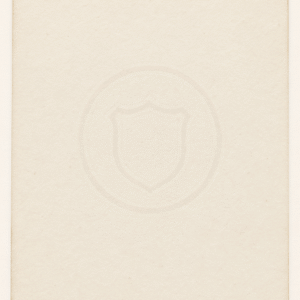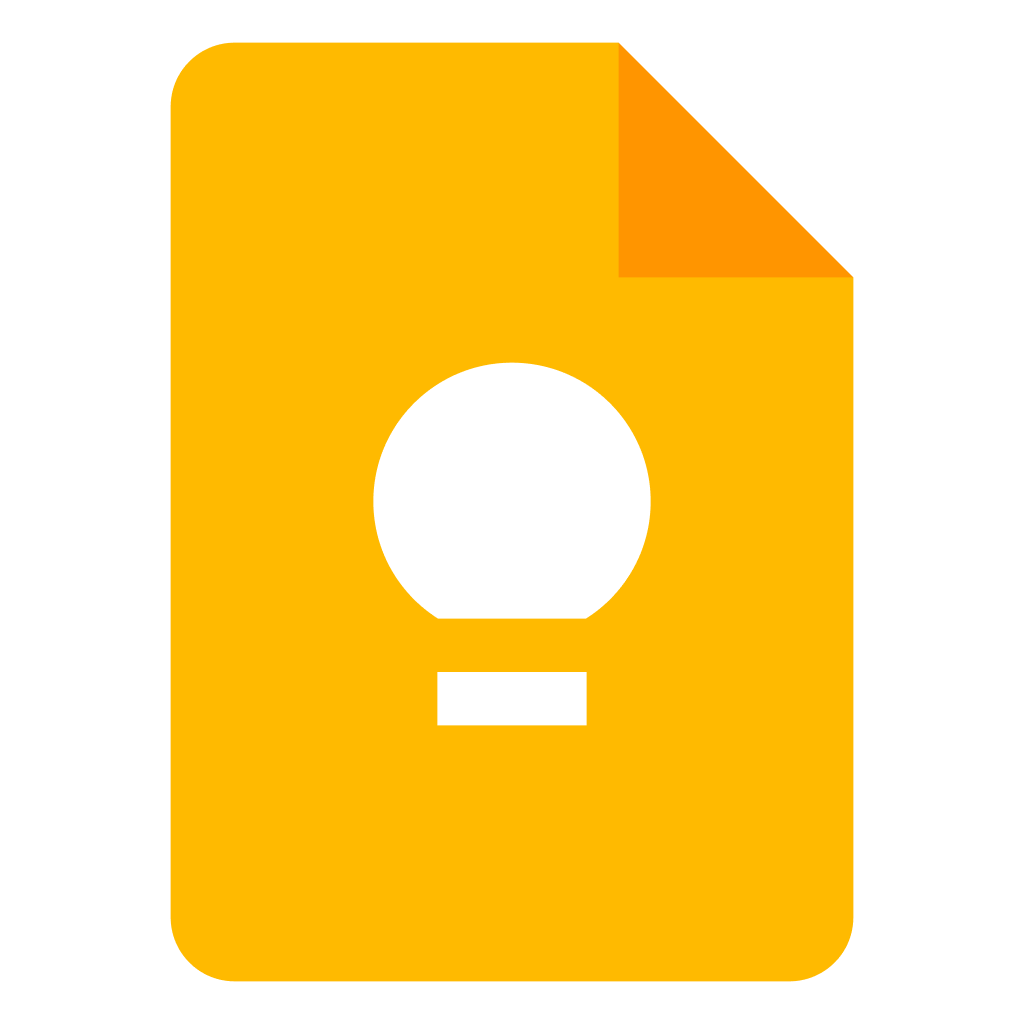So, there’s this little rumor mill churning about ChatGPT, that super popular chatbot. Apparently, it might be leaving invisible “watermarks” on the texts it creates. The idea is that these watermarks would let people instantly spot AI-generated content. And you know who’s freaking out a bit? Students!

This whole thing started when OpenAI dropped their new GPT-3.o and GPT-4.o-mini. People started noticing these weird Unicode characters popping up in longer responses—symbols that you can only see with some techy tools. But is it really a secret watermark?
Not an Official Watermark, But… Digital Breadcrumbs
OpenAI is like, “Nah, it’s not an official watermark.” But they do admit that some texts might have these little “traces” due to how the AI learns. See, they use this thing called reinforcement learning, where the AI gets rewarded or, you know, “punished” for certain answers. This training can lead to some funky, unintentional patterns in the text, like these hidden Unicode symbols (think U+200B).
You can’t see them with your eyes, ’cause they look just like regular spaces. But if you’re using programming tools, they show up. This has got people worried that teachers and other eagle-eyed folks could easily figure out if a text was whipped up by ChatGPT.
But OpenAI insists there’s no sneaky, built-in tracking thingy. They’re not into putting recognizable metadata in texts because, privacy, you know? Plus, they’re worried that it could lead to unfair judgment in situations like translations or brainstorming.
Images? That’s a Different Story
Images are a whole different ballgame. Every image that ChatGPT spits out does have this thing called C2PA metadata. This lets people check if an image was cooked up by AI. This transparency is for publishers, companies, and anyone else who works with images.
As for whether we’ll ever get a real-deal text watermark? Who knows! OpenAI has the tech, but they’re afraid people might bail if they knew their texts were automatically traceable. So, for now, we’re stuck with these mysterious characters, a whole lot of speculation, and a growing collection of YouTube videos about it.
ChatGPT Watermark Remover
And get this—some company, GPT Watermark, has already jumped on the bandwagon. They’re not saying who’s behind it, but they’re claiming to have a tool that can “eliminate hidden zero-width characters, invisible spaces, and other unicode markers that might be used for AI text detection.”

